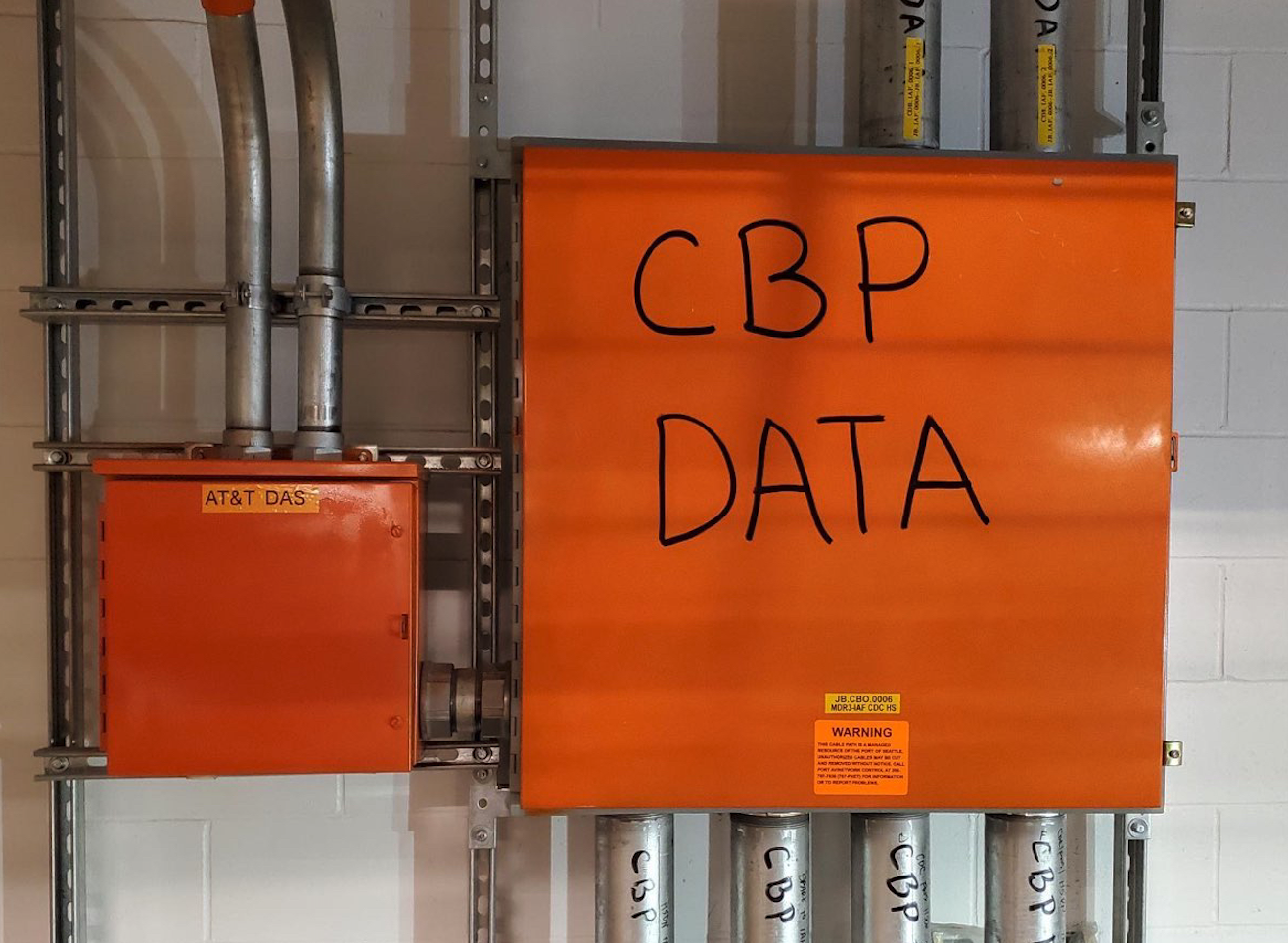Summary
-
Customs and Border Protection (CBP) is increasing its target for scanning passengers with facial recognition as they leave the U.S. from 40% to 75%.
-
The new goal will be implemented at the end of this month.
-
CBP is changing its metric for measuring progress from the percentage of flights that have at least one biometrically processed traveler, to the percentage of passengers who are biometrically processed.
-
CBP says that the change in metric is more accurate and provides a more complete picture of how robust biometric exit processing is on a national level.
-
The Congress-mandated goal of CBP is to have 97% or greater biometric exit compliance.
-
Airlines are increasingly using facial recognition systems to confirm travelers when boarding aircraft.
-
Passengers who do not want to participate in facial recognition can opt out, but they may be asked to present travel documents or other proof of identification, and in some case, fingerprints.
-
CBP says that it will only store facial images for no more than two weeks and that it will share entry and exit data for law enforcement.
The article also mentions a case where a privacy attorney was told by airline staff that she had to participate in facial recognition, even though she had a right to opt out. This suggests that there may be some confusion among airline staff about the rules surrounding facial recognition.
Interesting Passages
A June 2017 CBP document explains its “Biometric Exit Process” for passengers: “All travelers are required to submit to CBP inspection upon exit. Facial images will be matched and then stored for no more than two weeks in secure data systems managed by the U.S. Department of Homeland Security in order to further evaluate the technology, ensure its accuracy, and for auditing purposes. In lieu of facial images, travelers may be asked to present travel documents or other proof of identification, and in some cases provide fingerprints.” That document adds that it could share traveler exit and entry data with other government agencies “if the situation warrants, for law enforcement purposes.”
It seems likely CBP will meet its goal for biometrically-processing 75 percent of passengers. In 2021 I obtained a cache of documents related to the airline JetBlue’s piloting of facial recognition systems. Already back then, JetBlue said it had seen more than 90 percent of customers participate in biometric boarding when it was available.



Yeah, we’ve had biometric passports in the UK and Europe for years. I’m in the process of getting a Visa for a trip to India and their requirement is that you have a machine readable passport. This is just the IS catching up tech wise to the rest of the world.
Yah I thought so. There are enough problems with facial recognition, and the US is such a unique animal in terms of its eagerness and ability to spy on its citizens, that I actually do think this is a problem, but I’m seeing all these people in this thread saying “This is a disaster! They’ll be able to identify you now, when you cross the border!”
Like buddy I have some bad news for you
It’s literally one of the few times it’s legitimate to be checked, unless you’re one of the proper nutty “borders shouldn’t exist” types, lol.